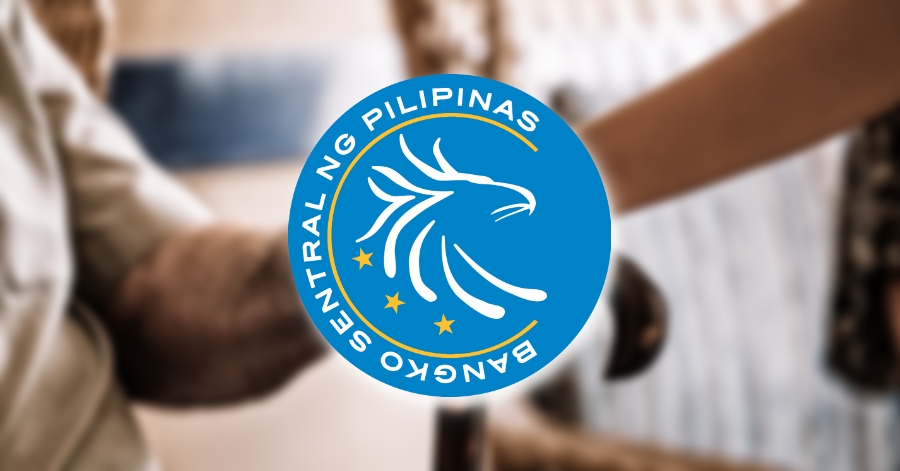The Bangko Sentral ng Pilipinas (BSP) has revealed that a measly 20 percent of Filipino senior citizens are covered by the pension from either the Government Service Insurance System (GSIS) and the Social Security System (SSS).
ALSO READ: This is How OFWs can Make Smart Investments
According to BSP Governor Benjamin Diokno during his speech at the virtual launch of the digital Personal Equity and Retirement Account (PERA), Filipinos should voluntary get retirement savings plan like PERA to increase their pension funds.
Filipino Senior Citizens Urged to Avail Retirement Savings Plan
Diokno cited figures of 7.6 million elderly Filipinos without means to provide for their needs because they do not have a retirement plan, the Philippine Daily Inquirer reported.
He noted that for GSIS pensioners, they receive an average monthly pension of PHP18,525, while SSS pensioners get around PHP5,123
Diokno explanied that depending on the lifestyle they would like to have in their senior years, this pension may or may not be enough to meet their needs.
He also cited a recent study that revealed that most Filipinos only allocate about 3.6 months’ worth of salary for retirement. This figure is significantly lower from an average of 2.9 years among Asians.
He pointed out, based on this study, Filipinos assume that savings equivalent to about 2.1 years’ worth of income can cover their retirement needs. The average among Asians, he said, is 12 years.
As per the data shared by the Philippine Statistics Authority (PSA), the country’s share of social security benefits (i.e. retirement and survivorship pension, sickness, disability, death, and other related allowances or benefits) is only 2 percent from 2012 to 2017, which is “relatively low”.
On the other hand, PERA, Diokno interjected, aims to promote capital market development and savings mobilization—allowing eligible investors in the Philippines to invest up to PHP 100,000 annually, and Overseas Filipino Workers (OFWs) up to PHP 200,000 for them to be entitled to a tax credit equivalent to 5 percent. This tax credit can be used against an investors’ income tax liabilities or for OFWs, their national internal revenue tax liability.
At this point, PERA has only drawn in 1,586 Filipinos, who have placed total contributions amounting to PHP137 million—69 percent of those are employed in the country, 17 percent are OFWs, while 14 percent are self-employed, the BSP governor revealed.
For this reason, the BSP has teamed up with other regulatory agencies and market participants to promote PERA further and attain their target to attract 5 million Filipinos within the next five years.
While Diokno admitted that the target seems ambitious, there are, however, more than 40 million locally employed Filipinos before the pandemic and around 2.2 million overseas Filipino workers, so he remains optimistic about this figure.
For his part, Finance Secretary Carlos Dominguez, noted that the digitalization of PERA processes is a “major step towards the broadening of financial inclusion by enabling a convenient, safe, and seamless medium for both investment and retirement savings.”
Rodriguez added that PERA is not only for people nearing retirement but also for younger generations and that investing in this platform will help “produce a new source of capital to power the nation’s growth while assuring the personal financial security of ordinary Filipinos.”
Filipinos can participate in this investment program through the branches or websites of the accredited market participants.
ALSO READ: OFWs with Active OWWA Membership Can Apply for Children’s Educational Aid
